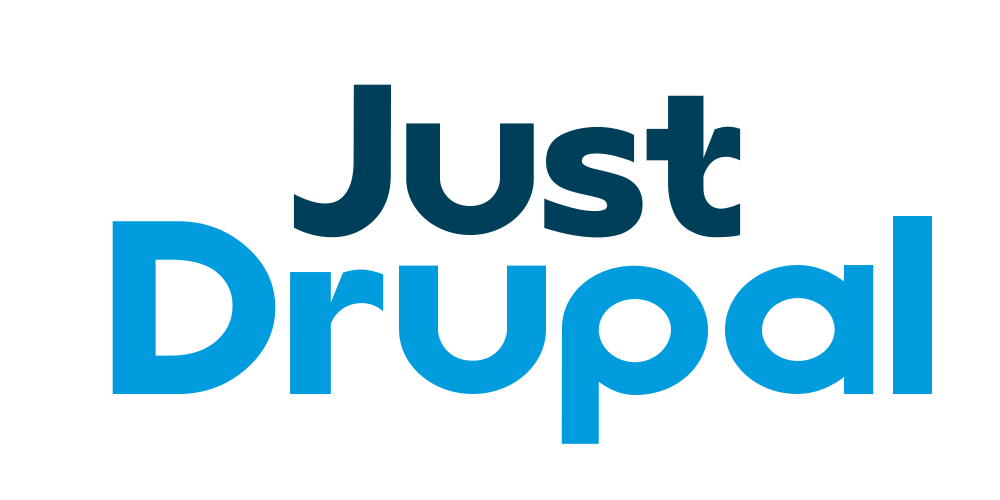Security is a non-negotiable aspect of web development, and Drupal, a robust content management system, provides a range of tools and practices to fortify your website against potential threats. In this blog post, we’ll explore key security modules and best practices to safeguard your Drupal site and ensure a secure online environment for both you and your users.
The Importance of Website Security:
In an era where cyber threats are ever-evolving, prioritizing the security of your Drupal site is paramount. A secure website not only protects sensitive data but also upholds user trust, maintains your online reputation, and ensures compliance with data protection regulations.
Key Security Modules for Drupal:
1. Security Kit (SecKit):
Security Kit (SecKit) is a comprehensive security module for Drupal that helps protect against various web application security threats. It includes features like Cross-Site Scripting (XSS) protection, Content Security Policy (CSP) enforcement, and protection against Clickjacking attacks.
2. Password Policy:
Enforce strong password policies on your Drupal site with the Password Policy module. This module allows you to define rules for password complexity, expiration, and history, ensuring that user accounts are fortified against unauthorized access.
3. Login Security:
The Login Security module helps prevent brute force attacks by limiting login attempts and temporarily blocking suspicious IP addresses. It adds an extra layer of protection to user accounts, reducing the risk of unauthorized access.
4. Two-Factor Authentication (TFA):
Implementing Two-Factor Authentication enhances login security by requiring users to provide an additional verification method beyond a password. The TFA module integrates with various authentication methods, such as Time-based One-Time Passwords (TOTP) or SMS.
5. Security Review:
The Security Review module scans your Drupal installation for potential security vulnerabilities and provides recommendations for improving your site’s security posture. It’s a valuable tool for performing security audits and staying proactive in addressing potential issues.
6. Drupalgeddon:
Drupalgeddon is a security module specifically designed to detect and mitigate vulnerabilities related to the Drupalgeddon series of security advisories. It helps protect against known Drupal vulnerabilities and ensures that your site is not exposed to potential exploits.
Best Practices for Securing Your Drupal Site:
1. Regularly Update Drupal Core and Modules:
Keep your Drupal core and contributed modules up to date to ensure that you have the latest security patches. Regular updates address known vulnerabilities and strengthen your site against potential threats.
2. Use Strong Authentication Methods:
Enforce the use of strong authentication methods, such as Two-Factor Authentication, to add an extra layer of protection to user accounts.
3. Implement HTTPS:
Secure your site’s communication by implementing HTTPS. Encrypting data in transit helps protect sensitive information from interception and ensures a secure connection between your users and your server.
4. Configure File Permissions:
Set appropriate file permissions to restrict access to sensitive files and directories. Limit unnecessary write permissions and follow the principle of least privilege to minimize the risk of unauthorized access.
5. Regular Backups:
Perform regular backups of your Drupal site, including both files and the database. In the event of a security incident, having recent backups enables you to quickly restore your site to a secure state.
6. Monitor User Accounts:
Regularly monitor user accounts for suspicious activities. Identify and deactivate inactive or compromised accounts promptly to prevent unauthorized access.
7. Firewall Configuration:
Configure your server’s firewall to restrict access to essential services and ports. Implementing a well-configured firewall adds an extra layer of defense against potential attacks.
8. Security Headers:
Utilize security headers, such as Content Security Policy (CSP) and HTTP Strict Transport Security (HSTS), to enhance the security of your Drupal site and protect against common web application vulnerabilities.
Realizing the Benefits of a Secure Drupal Site:
1. User Trust and Confidence:
A secure website instills trust and confidence in your users. Knowing that their data is protected fosters a positive user experience and encourages engagement.
2. Regulatory Compliance:
Security measures help ensure compliance with data protection regulations and industry standards, safeguarding your site against legal and financial repercussions.
3. Brand Reputation:
A secure website protects your brand’s reputation by preventing security breaches and associated negative publicity. Users are more likely to engage with a site they perceive as secure.
4. Continuity of Operations:
A secure Drupal site ensures the continuity of your operations by reducing the risk of downtime caused by security incidents. This is critical for both user experience and business sustainability.

